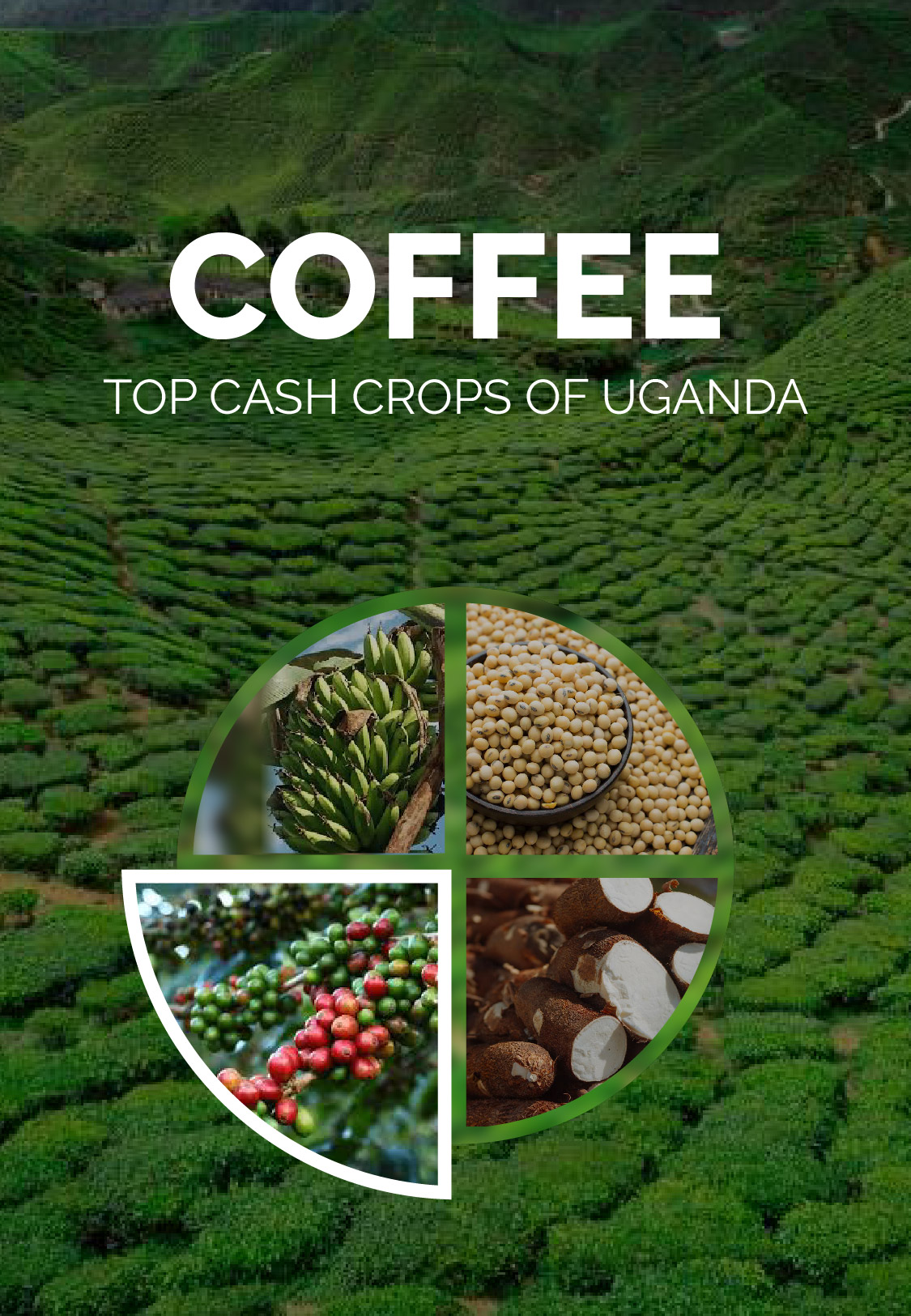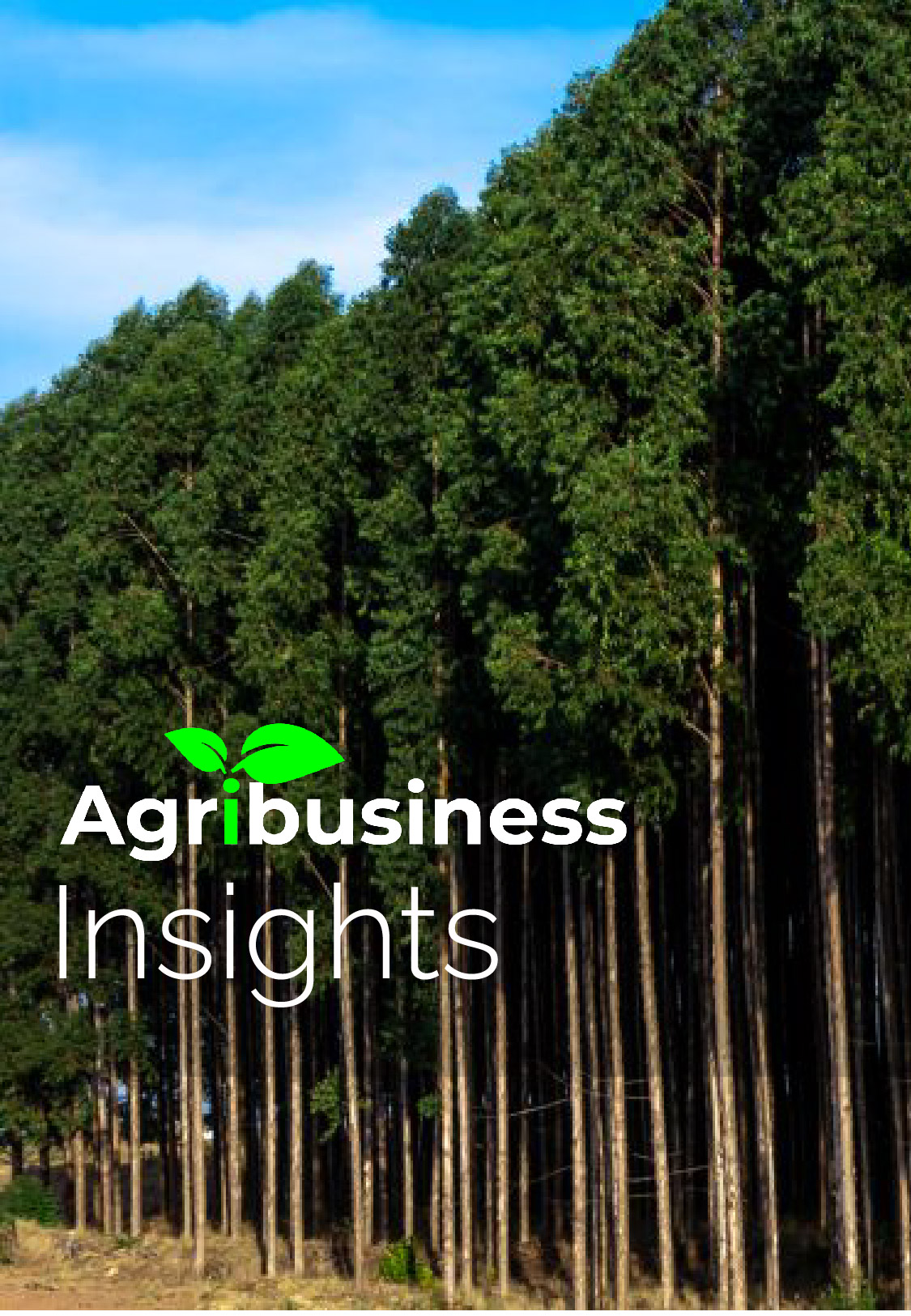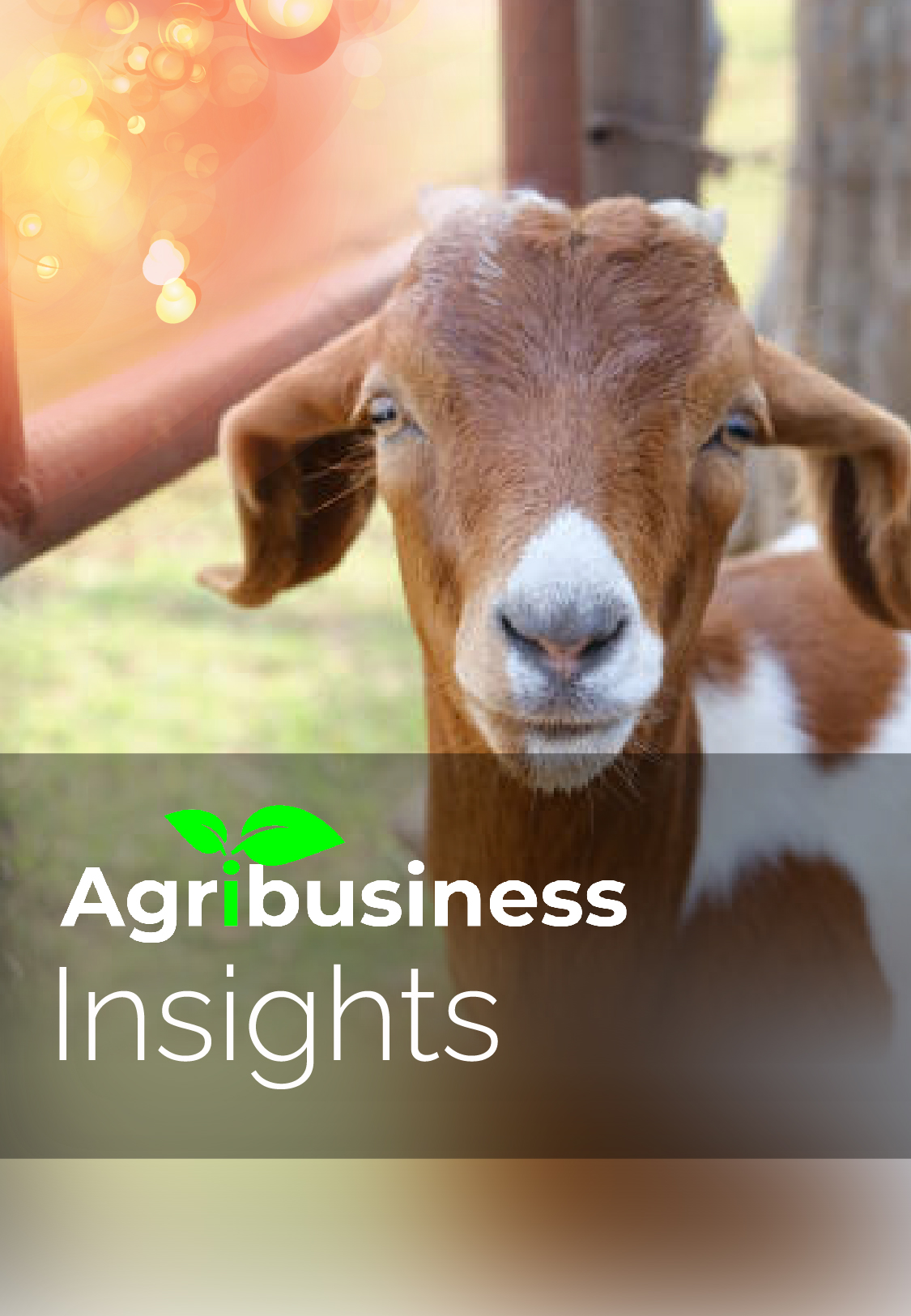Maize, a staple crop in Uganda, plays a crucial role in providing food security and income for many households. If you're interested in venturing into maize production, here's a comprehensive guide to help you get started on the right track:
**1. ** Selecting the Right Location: Choose a location with well-drained soil and adequate sunlight. Maize requires full sun for optimal growth and development. Soil should be fertile and rich in organic matter.
2. Soil Preparation: Prepare the land by plowing and tilling to break up the soil and create a fine seedbed. Incorporate organic matter such as compost to improve soil structure and fertility.
3. Seed Selection: Choose high-quality maize seeds from reliable sources. Consider factors like disease resistance, yield potential, and adaptation to your region's climate.
4. Planting: Plant maize during the rainy season for best results. Create rows or furrows using appropriate spacing, usually around 75-90 cm between rows and 25-30 cm between plants. Plant seeds at a depth of about 5-7 cm.
5. Fertilization: Conduct a soil test to determine nutrient deficiencies. Based on the results, apply balanced fertilizers, including nitrogen, phosphorus, and potassium. Top-dressing with nitrogen during the growing season can boost yield.
6. Weed Control: Regularly weed the maize fields to prevent competition for nutrients and water. Consider using mulch or cover crops to suppress weed growth.
7. Water Management: Maize requires consistent moisture, especially during critical growth stages like tasseling and pollination. Implement irrigation if rainfall is insufficient, and avoid waterlogging, which can lead to root diseases.
8. Pest and Disease Management: Monitor for pests such as stem borers, armyworms, and maize weevils. Use integrated pest management techniques, including crop rotation, natural predators, and targeted pesticide application. Similarly, be vigilant for diseases like maize streak virus and rust, using disease-resistant varieties when possible.
9. Crop Care: Monitor the crop's progress regularly. Support tall maize plants with stakes if necessary. Detassel plants if you're aiming to save seeds or maintain hybrid purity.
10. Harvesting: Maize is ready for harvest when the cobs are fully developed and kernels have reached maturity. Check by pressing a kernel; if a milky substance comes out, it's ready. Harvest by hand or using appropriate tools, leaving the husks intact.
11. Post-Harvest Handling: Dry harvested cobs in a well-ventilated area to reduce moisture content and prevent mold growth. Store maize in clean, dry storage facilities to protect against pests and mold.
12. Market and Value-Adding: Depending on your goals, you can sell maize directly or process it into products like maize flour or snacks. Establish connections with local markets or food processing units.
Remember that successful maize production requires continuous learning and adaptation to local conditions. By following these steps and staying proactive in managing challenges, you can contribute to the thriving maize industry in Uganda while enjoying the rewards of a bountiful harvest






![Agribusiness Insights (Plantain farming [gonja]) Agribusiness Insights (Plantain farming [gonja])](http://alkebulantv.africa/upload/Movie thumbnails/plantain p-01.jpg)



Share